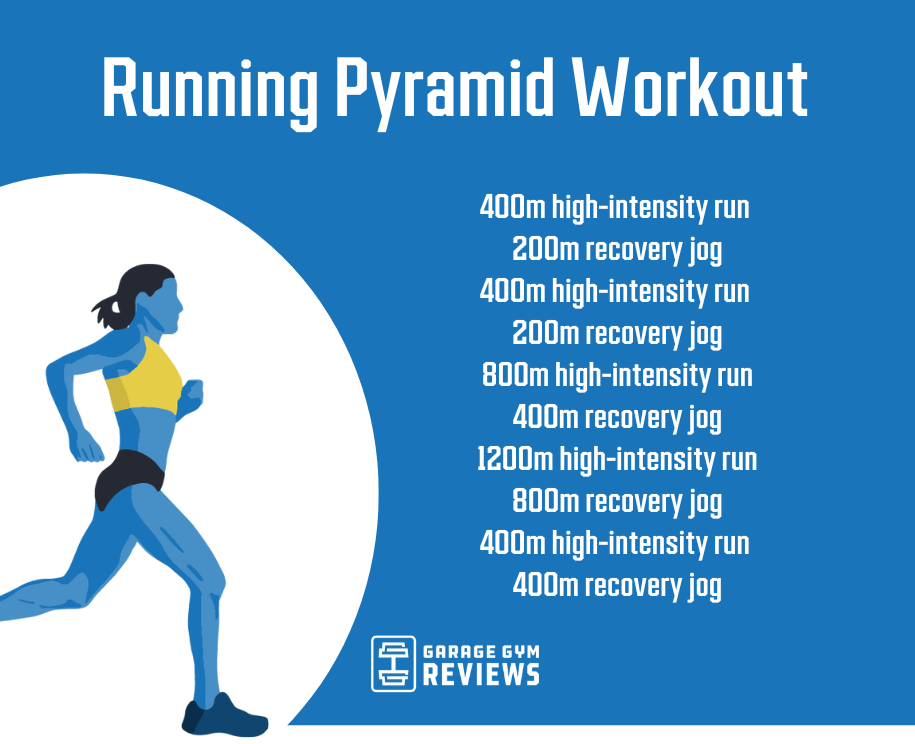Running Workout Tips: Enhance Your Performance Today
Running Workout Tips: Enhance Your Performance Today
Blog Article
The Ultimate Overview to Handling Discomfort When Running
Whether you are an experienced marathoner or just beginning your running trip, recognizing the various types of pain that can arise and the strategies to resolve them is critical. From pre-run workout regimens to correct shoes choice, there are countless variables to consider when it comes to dealing with pain while running.

Recognizing Various Types of Running Pain
When running, it is necessary to compare different kinds of discomfort to avoid injuries and take full advantage of performance (Read More). One usual sort of pain that runners might experience is muscular tissue pain, which generally arises from the stress and anxiety placed on muscle mass during workout. This type of discomfort is usually a typical part of the running procedure and can be handled through correct workout, cool-down, and extending routines
Another kind of pain to be knowledgeable about is joint pain. Joint discomfort can indicate concerns such as overuse, inappropriate type, or underlying problems like arthritis. Disregarding joint discomfort can bring about extra extreme injuries, so it is important to address any pain promptly and possibly look for expert advice.
Furthermore, sharp or stabbing pains need to not be disregarded. These types of pain can signify severe injuries such as strains, strains, or tension cracks - running workout. Continuing to run with these kinds of discomfort can exacerbate the injury and extend recovery time
:max_bytes(150000):strip_icc()/HIIT-treadmill-workout-promo-04629651f9fc4854a8afca1c29ba528a.jpg)
Pre-Run Workout and Stretching Regular
To prepare the body for a running session, applying an effective pre-run warm-up and extending routine is important. A correct warm-up aids raise blood circulation to the muscles, boosts flexibility, and lowers the risk of injury throughout the run. Begin with vibrant stretches like leg swings, arm circles, and high knees to gradually raise your heart rate and chill out the muscles. Dynamic extending aids simulate the movements you'll be doing while running, preparing your body for the task in advance. Follow this with static stretches focusing on significant muscular tissue groups such as the hamstrings, quadriceps, calves, and glutes. Hold each go for about 15-30 seconds without bouncing to advertise muscle mass relaxation and adaptability. Keep in mind to pay attention to your body and readjust the strength of your warm-up based upon your health and fitness degree and any type of pre-existing conditions. By including a regular pre-run warm-up and stretching routine right into your running regimen, you can optimize efficiency and lessen the danger of discomfort or injury.
Appropriate Footwear Selection and Fit
When picking running shoes, it is crucial to think about factors such as foot type, running stride, arch assistance, cushioning, and shoe size. Visiting a specialized running shop for a gait evaluation and specialist fitting can assist make sure that you select the right shoes for your specific needs. Spending in top notch shoes that is proper for your running design and foot makeup is an aggressive step towards stopping pain and injuries during your runs.
Nutrition and Hydration Tips for Pain Prevention

Hydration is just as important for joggers to avoid pains, dehydration, and other pains that can lead to pain during running. By focusing on nourishment and hydration, runners can improve their efficiency, reduce discomfort, and enjoy a more comfy running experience.
Post-Run Recovery Techniques to Alleviate Discomfort
Applying reliable recuperation strategies is vital for alleviating pain and advertising muscle mass healing after running sessions. Furthermore, topping aching locations for 15-20 mins can aid reduce inflammation and numb discomfort post-run.
Eating a well balanced snack or meal that consists of healthy protein and carbohydrates within 30 minutes of ending up a run can aid repair muscle cells and renew energy stores. By incorporating these post-run recuperation strategies right into your routine, you can effectively take care of discomfort and enhance your running efficiency.
Verdict
In verdict, attending to various sorts of running pain Continue via appropriate workout, stretching, shoes option, nutrition, hydration, and post-run recuperation methods is vital for pain avoidance and administration. By comprehending the reasons for discomfort and implementing these approaches, runners can decrease discomfort and potential injuries. It is vital to focus on general physical wellness and health to make certain an effective and pleasurable running experience.
Report this page